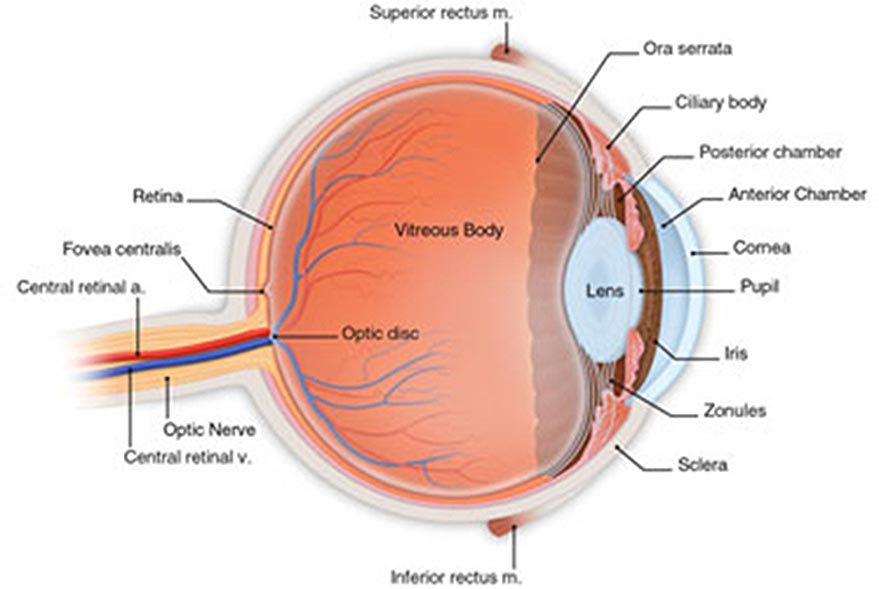Comprehensive Eye Exams in Spokane & Spokane Valley
Protect your vision at every age with thorough, personalized eye exams from the trusted team at Eye Consultants—detecting issues early and keeping your eyes healthy for life.

What Is a Comprehensive Eye Exam?
A thorough eye examination consists of a variety of standard tests designed to measure visual acuity and other vision faculties, as well as observe the health of the eye and check for common eye diseases. There is no pain or discomfort associated with an exam, and they typically take less than an hour.
Why Regular Eye Exams Matter
Regular thorough eye exams are the best way to maintain healthy eyes and preserve good vision. From childhood to advanced age, many serious eye diseases can progress silently, without noticeable symptoms. Eye exams with an experienced professional allow early detection of these conditions, and may prevent significant vision loss.
Common tests and evaluations during an eye exam include:
- Introductory interview: The doctor will ask basic questions about a patient’s medical history and eye health history.
- External examination: The doctor inspects all outward visible parts of the eye and surrounding tissue.
- Pupil inspection: The patient’s pupils will be inspected for equal size and regular shape. Then the doctor tests how they react to light and objects at various distances.
- Eye muscle health and mobility: Eye movement and alignment is evaluated, as well as tracking a moving object (such as a pen).
- Visual field: The patient covers one eye at a time, and with the other eye gazing straight ahead, identifies objects in peripheral vision (often simply the number of fingers the doctor is showing.)
- Visual acuity: A common means of measuring visual acuity is the Snellen chart. This is a large card or projection with progressively smaller horizontal lines of random block letters. The test determines how well a patient can discern detail at a given distance. Patients taking this test will cover one eye and then read aloud the letters of each row, starting from the top. The smallest row that can be accurately read indicates the patient´s visual acuity in that eye.
- Refraction: This test is used to determine if prescription lenses are needed to achieve best vision. The doctor will try various lenses in front of each eye, as the patient focuses on a chart at a distance or up-close, to help determine the best power of correction.
- Ophthalmoscopy: This test is generally done with a slit lamp, which provides an excellent three-dimensional view of the eye. Ophthalmoscopy aims to inspect the retina and other important internal eye structures. During a comprehensive eye exam the doctor will usually dilate the pupils with eye drops, to gain a much better view of the internal eye.
- Tonometry: This test measures intraocular pressure, which can be useful in detecting conditions like glaucoma. We use techniques which are very quick and comfortable– no more “puff of air” in the eye!
As always, I give you all a five-star rating. I was especially appreciative of your getting me in on very short notice yesterday when I was experiencing some unusual pain in my left eye. By the way, the Durezol drops that Dr. Derzay recommended I use again for awhile have already made a BIG difference in relieving the pain, so, again, I am a happy camper. I would always recommend you for any kind of eye problem or surgery.
– Diana Hays
Ready to See Clearly and Live Fully?
Experience expert eye care with personalized treatments designed just for you. Whether you need a routine exam, advanced surgery, or relief from eye discomfort, Eye Consultants is here to help.
